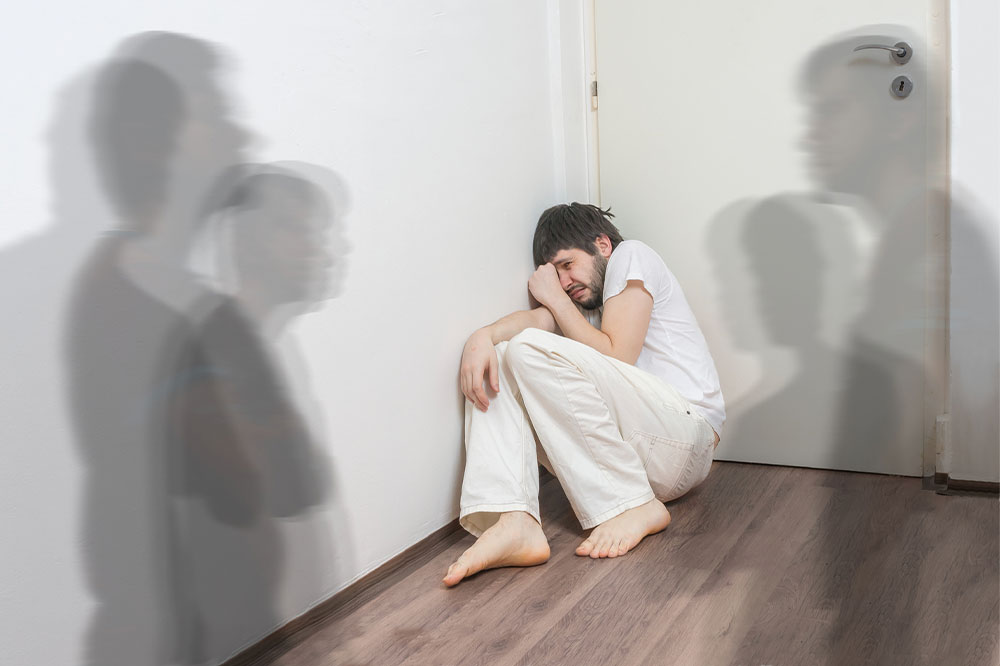Exploring Hallucinations: Causes, Types, and Early Signs
This article provides a comprehensive overview of hallucinations, covering their types, causes, and early warning signs. It emphasizes the importance of early detection and professional intervention to manage this complex psychological phenomenon effectively.

Exploring Hallucinations: Causes, Types, and Early Signs
Hallucinations are sensory experiences that occur without any real external stimulus. This psychological phenomenon causes individuals to perceive sights, sounds, or sensations that do not exist in reality. People of all ages can experience hallucinations, but early detection and proper treatment can improve outcomes. Recognizing initial symptoms is essential for timely intervention. Keep reading to learn about different types of hallucinations, their causes, and key indicators to watch for.
What are hallucinations?
Originating from the Latin word "hallucinatus," meaning "to wander in the mind" or "dream," hallucinations are perceptions of events or objects that lack physical presence.
In essence, hallucinations are intense, vivid sensory experiences created by the mind despite no actual external stimuli. They can involve any sense, like hearing voices or seeing objects that others do not perceive.
Categories of hallucinations
There are five main types, each with unique characteristics:
Visual hallucinations
Seeing things such as shapes, people, or objects that are not present.
Auditory hallucinations
Perceiving sounds or voices that no one else hears, often while alone.
Olfactory hallucinations
Smelling strange or unusual odors without a physical source.
Tactile hallucinations
Feeling sensations like insects crawling or tickling, despite no external cause.
Gustatory hallucinations
Experiencing abnormal tastes even when eating normal food.
What causes hallucinations?
Numerous factors can trigger these perceptions, varying among individuals. Common causes include:
Lack of sleep
Sleep deprivation or sleep disorders such as apnea can lead to hallucinations, as the brain becomes impaired without adequate rest.
Dehydration
Not consuming enough fluids, especially in hot environments or after physical exertion, can affect brain function and cause hallucinations due to decreased oxygen supply.
Brain tumors
Tumors affecting the optic nerve or brain can result in visual or vivid hallucinations requiring medical evaluation.
Emotional distress
Severe sadness or grief can lead to hallucinations of loved ones or visions, stemming from emotional overload impacting brain processing.
Associated health conditions
Several medical disorders may include hallucinations as symptoms, such as:
Schizophrenia
A long-term mental illness that blurs the line between reality and imagination, often involving visual hallucinations.
Delirium
An abrupt mental state change characterized by confusion and hallucinations, frequently accompanied by behavioral issues.
Dementia
Age-related cognitive decline that can cause confusion, memory loss, and hallucinations.
Parkinson's disease
A neurological disorder that may induce visual and auditory hallucinations, especially during treatment phases.


